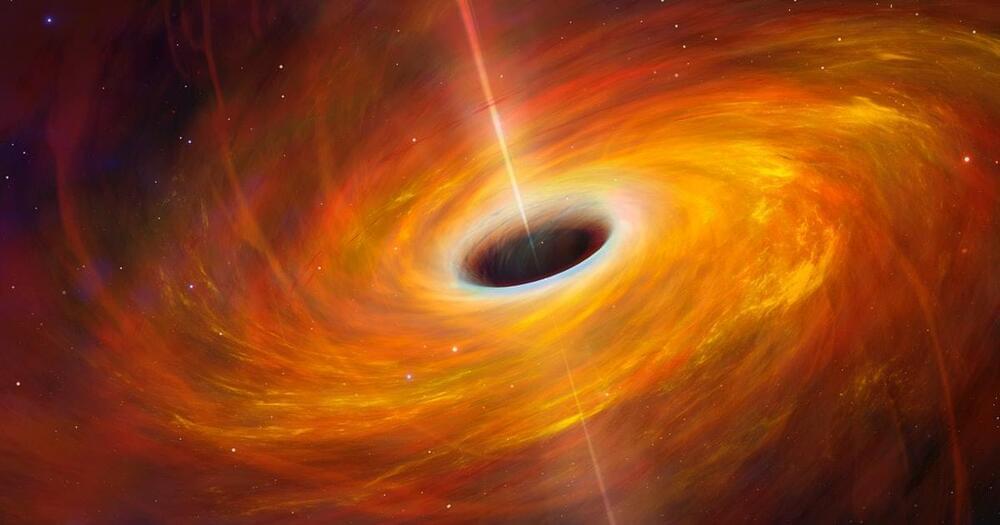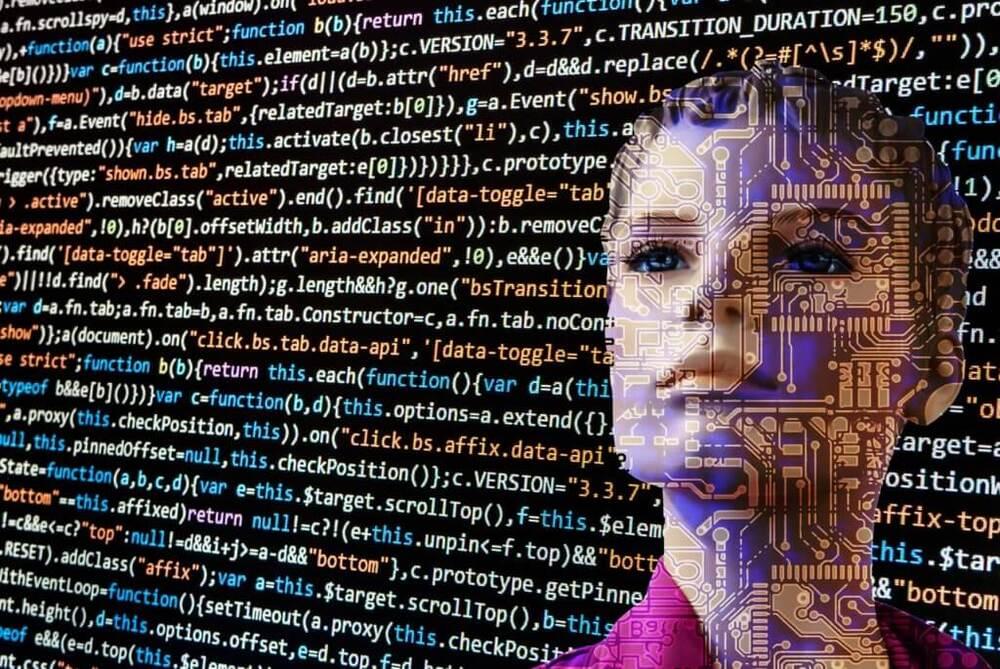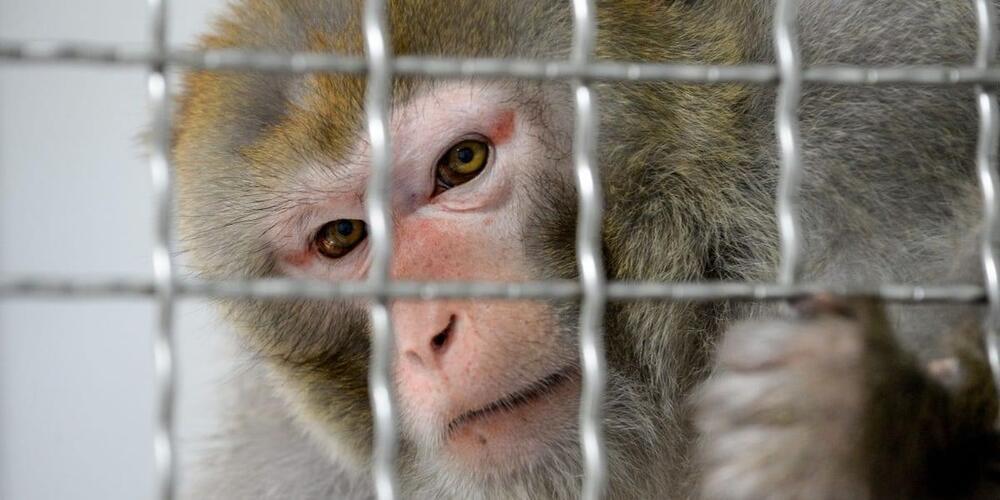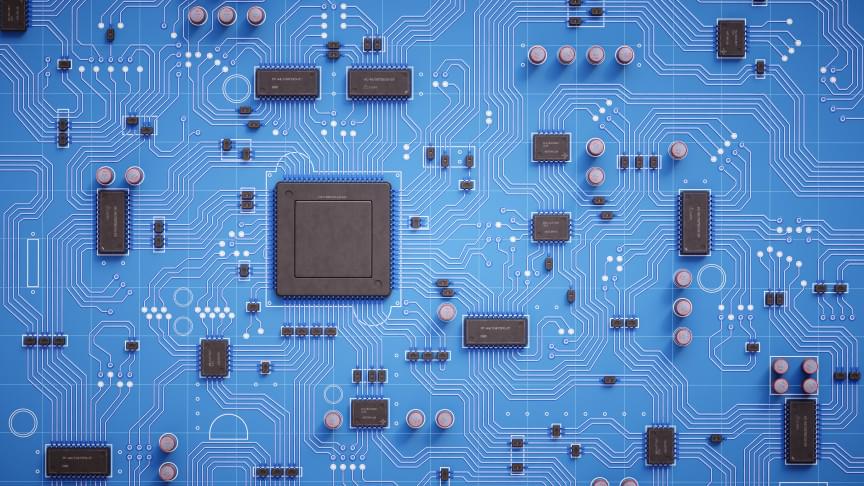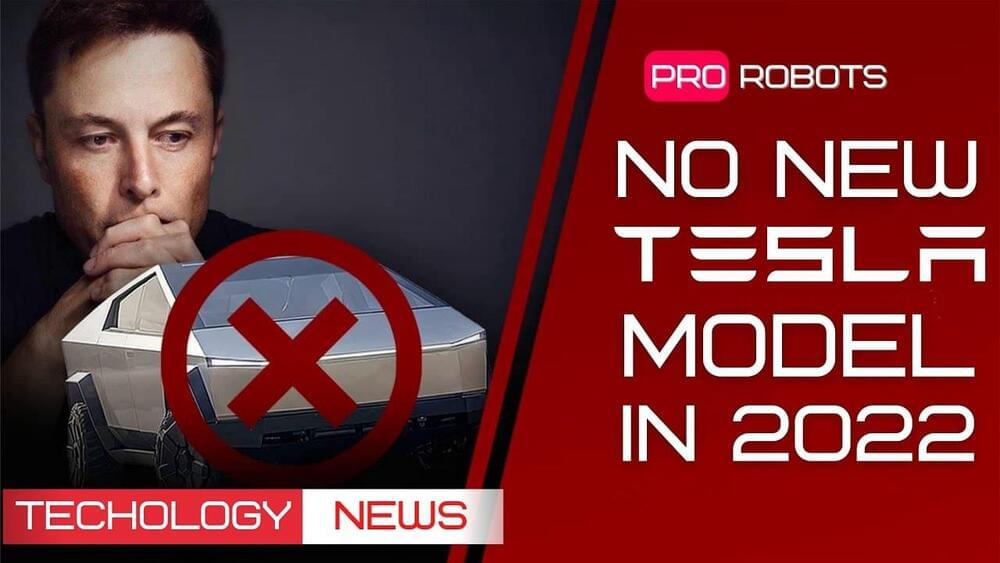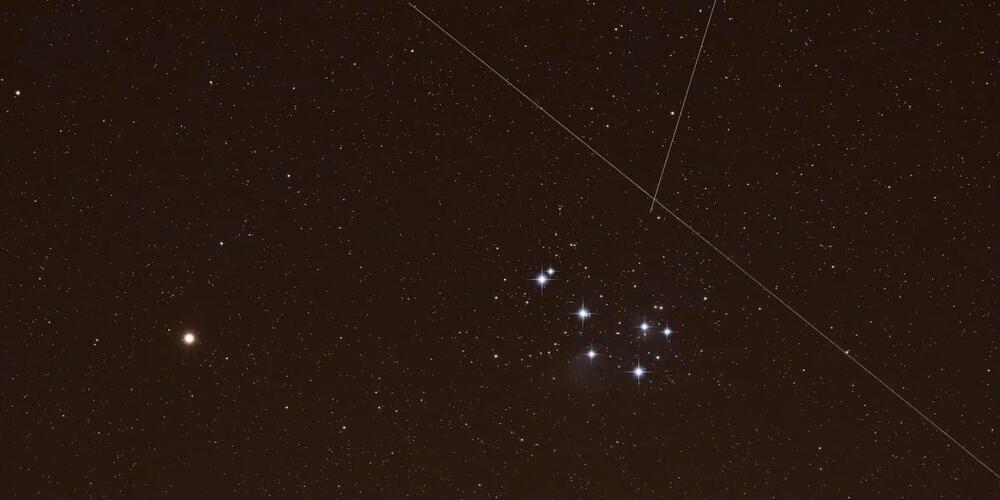It’s hard to spot a black hole.
There are two different approaches to such detection. In “X-ray binary stars” — in which a star and a black hole orbit a shared center while producing X-rays — a black hole’s gravitational field can pull material from its companion. The material circles the black hole, heating up by friction as it does so.
The hot material glows brightly in X-ray light, making the black hole visible, before being sucked into the black hole and disappearing. You can also detect pairs of black holes as they merge together, spiraling inwards and emitting a brief flash of gravitational waves, which are ripples in spacetime.
There are many rogue black holes that are drifting through space without interacting with anything, however — making them hard to detect. That’s a problem, because if we can’t detect isolated black holes, then we can’t learn about how they formed and about the deaths of the stars they came from.
